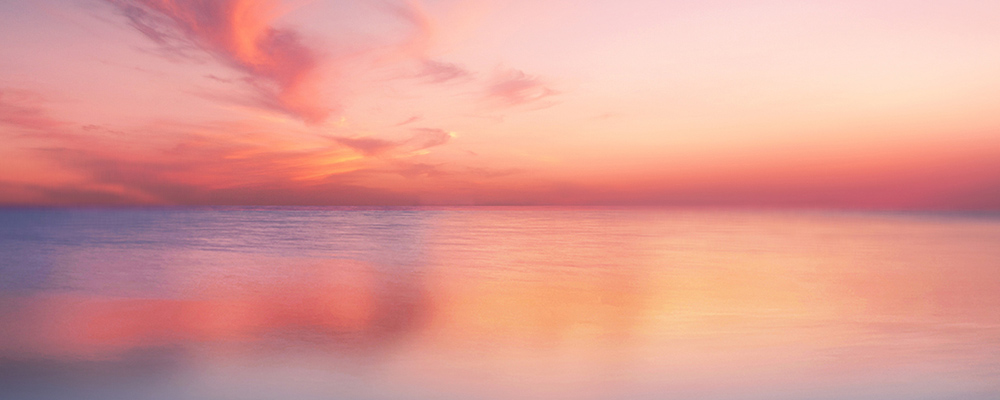Geological Survey of Wudalianchi-Biology
The Man and Biosphere project was initiated by UNESCO to promote the construction of a home in harmony with nature. Wudalianchi World Man and Biosphere Reserve is an important member of this family. The complex and diverse volcanic lava landform and special ecological environmental conditions have nurtured and developed a unique, rich and complete volcanic natural ecosystem in Wudalianchi. Therefore, Wudalianchi World Man and Biosphere Reserve not only shows us the greatest scene after the volcanic eruption on earth, but also shows us the vivid process of the recovery and evolution of life on the volcanic lava.The Wudalianchi World Man and Biosphere Reserve has nearly 50 square kilometers of wetland and more than 20 square kilometers of volcanic barrier lakes. The water resources here are very rich, and it is a habitat and breeding ground for a large number of wild animals, as well as the migration of many migratory birds. There are 121 species of wild animals in 55 families, including 12 families and 43 species of wild fishes, 3 families and 6 species of amphibians, 2 families and 2 species of reptiles, 22 families and 42 species of birds, 16 families and 27 species of mammals. Chinese Merganser and Bustard are first-class national protected animals, as well as gray cranes, grouses, white-crowned cranes, small-eared owls, otters, black bears and other national second-class protected animals. The insect world in the reserve is still a mysterious kingdom that has not yet been fully discovered. At present, only 80 species of butterflies in 7 families have been identified, and Apollo butterflies are the most precious butterflies in the world.
There are abundant plant species in Wudalianchi Nature Reserve. There are 143 families, 428 genera and 1044 species of plants, including 13 families, 18 genera and 23 species of fungi, 2 families, 3 genera and 3 species of algae plants, 5 families, 7 genera and 16 species of lichens, and 14 families of bryophytes. 16 genera and 18 species, 12 families, 15 genera and 29 species of pteridophytes, 2 families, 6 genera and 7 species of gymnosperms, and angiosperms of 95 families, 363 genera and 948 species. The biodiversity here is obvious, and the vegetation types are rich. The flora of the flora is the intersection of temperate and frigid plants. The vegetation flora is complex, mixed, and highly transitional. Woody plants include Hing’an cypress, Hing’an larch, Korean pine, fish-scale spruce, forge, white birch, and aspen , Acacia, wild grape, schisandra, rowan, yellow poluo, etc.; herbs include camphor, gentian, wild soybean, platycodon, lily, daylily, astragalus, northeast araceae, wild fireball, cohosh, etc.; aquatic plants include Water lilies, reeds, cattails, chrysanthemum, apricot, duckweed, etc.; at the same time, there are many kinds of rare volcanic lava rock plants, such as lava rock plants and volcanic ash desert plants netting, plum clothing, litmus, lithospermum, tile Pine, Sedum, Potentilla chinensis, Northeast Thyme, Rubus, etc. There are 47 species of rare and endangered plants in the reserve, such as carnation, obtuse pine, red pine, red spruce, tussah oak, ash, yellow poluo, wild soybeans, etc.
Wudalianchi is a paradise for all kinds of creatures. The biodiversity is fully expressed. It is also one of the few in northern China and even the same latitude in the northern temperate zone. What is more precious and valuable is that it embodies all the evolution of life on earth from low to high. Process is a natural history book about the development and evolution of plants with rich content.


